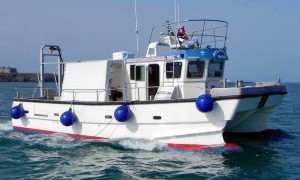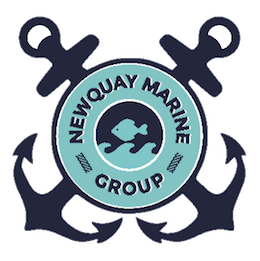Newquay Marine Group has formed a coalition with St Agnes Marine Group, Polzeath Marine Conservation Group, The Cornwall Seal Research Trust and Newquay Sea Safaris and Fishing. We have called ourselves the Cornwall Marine Microplastics Researchers (CMMR).
In December 2017 we applied to an organisation in California called 5 Gyres , to see if we could be part of their project Trawlshare. In March 2018 we received a fabulous high speed surface trawl through the post!
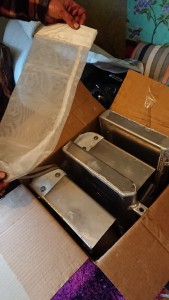
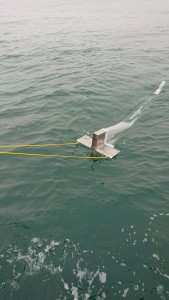
The trawl (which is attached to a net) is towed behind a boat on the surface of the water, for approximately two hours to collect a sample.
The data collected by CMMR will be fed into the global data set of the Trawlshare project. International Scientists led by 5Gyres co-founder Dr Markus Eriksen use the data to produce a global estimate of how many particles of plastic are in the sea. Estimates are crucial in providing evidence of the state of our seas to enable campaign for changes in our plastic consumption. In 2014 5 Gyres published the first global estimation of 5.25 trillion particles of plastics in the words oceans. This used data from Trawlshare research and has been instrumental in affecting change at an international policy level.
For Cornwall, we believe we can utilise the Trawlshare model. By using the data we collect from The North Cornish Coast we can identify trends in data and produce an estimation of microplastics. Without a baseline study, we cannot know what the state of our seas is like. We need the data to provide evidence to enable and fuel action.
We also need the data to design and foster a better understanding of the pathways and distribution of microplastics along the north Cornish coast and the potential impact this may have on our marine conservations zones and the wildlife that inhabits them.
This is a Citizen Science Project! We are all volunteers and we have set up the CMMR Trawlshare group. These are individuals who came along to a training day, learned how to deploy and retrieve the trawl from the boat, and how to analyse the sample using the Trawlshare protocol. We have 20 members in this group with another 5 waiting to join.
Get Involved!
Training
This includes going out on the boat to deploy, trawl and retrieve the trawl. Also, we used microscopes to analyse the sample and we trialled the best techniques for doing this.
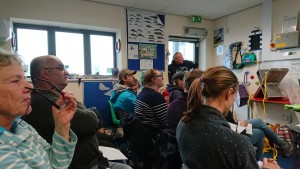
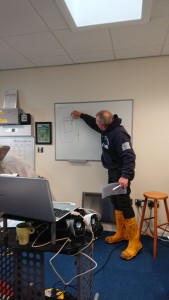
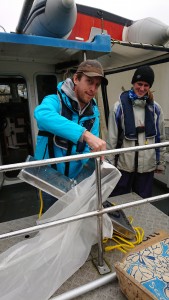
Analysing
Time is not the same when you are sorting through a sample. Three hours can go by in two minutes!
The sample is collected in the ‘ cod end’ of the trawl net. Everything in the cod end is tipped into a sieve and dried out. Using tweezers, magnifying glasses, a microscope and a few other bits and bobs, we look for and remove any pieces of microplastics (5 mm or less) and microplastics (bigger than 5 mm). We categorise them, weigh them and record them.
A few cups of tea and some cross eyes later and it’s done!
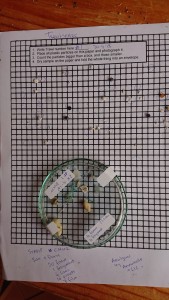
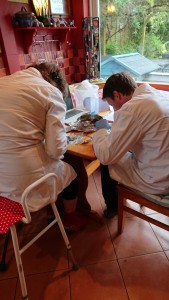
We have since completed two ‘ proper ‘ trawls and analysed the contents. We have a third trawl booked in June and I’m hoping we may squeeze another one in May if possible!
Get in touch through newquaymarinegroup@gmail.com for more information
